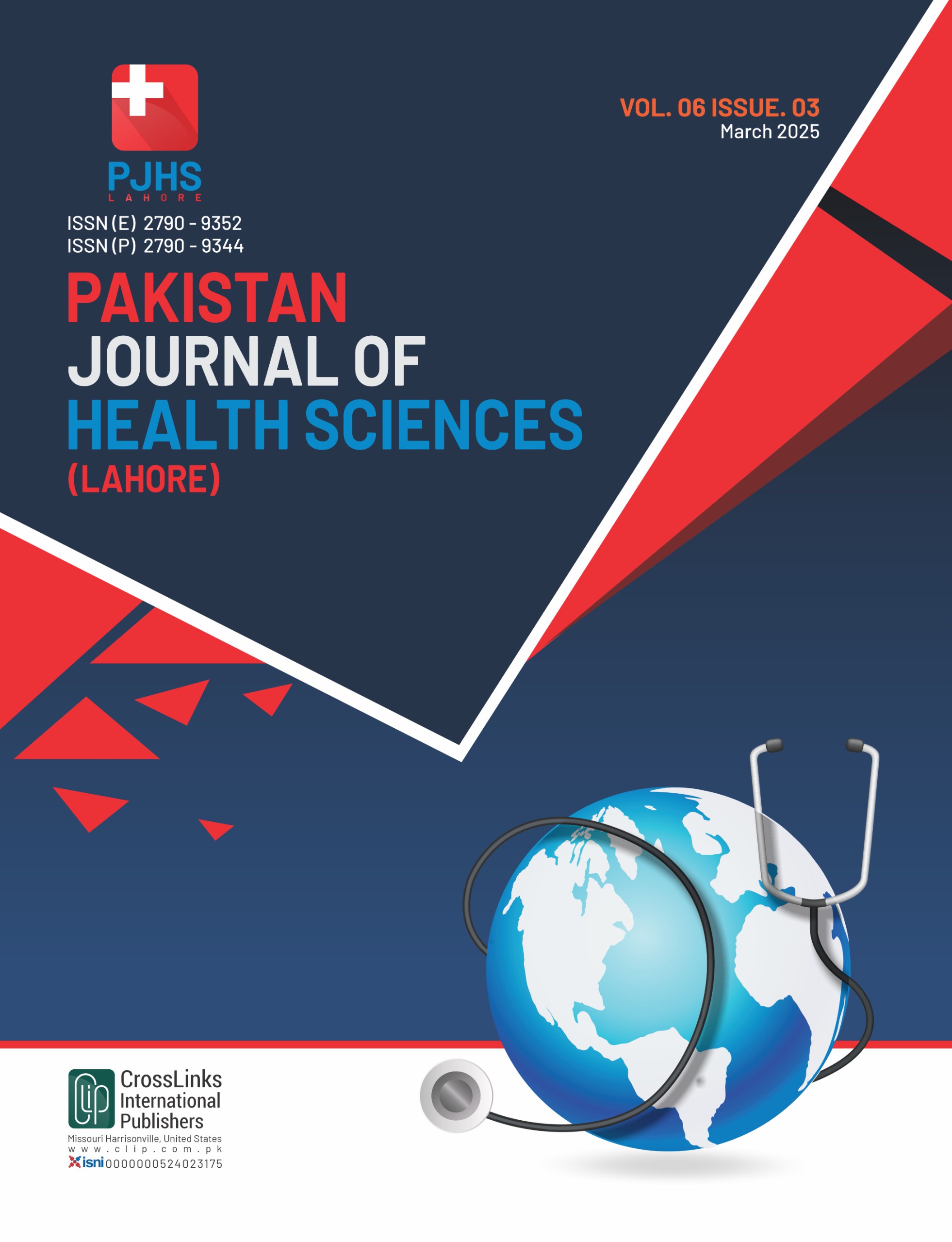The Rise of E-Cigarettes and Vaping: Health Risks and Policy Implications
DOI:
https://doi.org/10.54393/pjhs.v6i3.3009Abstract
The use of e-cigarettes and vaping devices has increased exponentially in recent years, primarily affecting teenagers and young adults. These products have been widely accepted as safer alternatives to traditional smoking, often marketed as aids for smokers looking to avoid the tar and toxins associated with regular cigarettes. However, despite their popularity, e-cigarettes pose serious health risks, necessitating stronger public policies to mitigate their dangers. The recent surge in vaping, particularly among young people, has raised significant health concerns. According to the 2024 National Youth Tobacco Survey (NYTS) conducted by the CDC, e-cigarette use among youth remains a severe public health threat. The survey found that 5.9% of middle and high school students—equivalent to 1.63 million individuals—reported current use of e-cigarettes in 2024. Alarmingly, 38.4% of these users reported frequent use, while 26.3% reported daily use, indicating signs of nicotine addiction.
Although e-cigarettes are perceived as less harmful than conventional cigarettes, they are not entirely safe. Users are exposed to dangerous substances such as nicotine, heavy metals, and volatile organic compounds. Most e-cigarette products contain nicotine, the primary addictive component, which can lead to dependence. The health risks associated with e-cigarette use include worsening asthma symptoms, increased frequency of bronchitis, and a higher risk of lung infections. Additionally, nicotine raises heart rate, increases blood pressure, and may irritate blood vessels. A particularly concerning issue is E-cigarette or Vaping Product Use-Associated Lung Injury (EVALI), which emerged as a serious health condition in 2019. Symptoms of EVALI include cough, difficulty breathing, chest pain, nausea, and fatigue. The rising prevalence of adolescent e-cigarette use underscores the urgency of addressing this public health crisis.
Governments worldwide are taking action to combat the e-cigarette epidemic. For instance, the UK government has introduced legislation to ban the sale of single-use vapes starting June 1, 2025. This initiative aims to reduce environmental impact and curb the growing youth vaping trend. Policymakers must take stronger measures to mitigate the associated health risks. Strict regulations on the marketing and sale of e-cigarettes are essential, as these products often target underage individuals through misleading advertisements. Flavored e-cigarettes, which appeal to younger users, should be banned entirely. Additionally, only adult smokers seeking to quit should have access to e-cigarettes, with stricter age verification measures ensuring compliance. Public health campaigns play a crucial role in educating both young people and adults about the risks of vaping. These initiatives should focus on dispelling the myth that e-cigarettes are risk-free and emphasize the potential for nicotine addiction and long-term health consequences. Raising awareness about the dangers of vaping is vital to preventing the next generation from developing nicotine dependency.
While e-cigarettes may have a place in harm reduction strategies for adult smokers, their widespread use—especially among youth—poses significant public health challenges. A comprehensive approach involving stricter regulations, targeted education, and ongoing research is necessary to mitigate the risks associated with e-cigarette use and prevent a new generation from becoming addicted to nicotine.
References
.
Downloads
Published
How to Cite
Issue
Section
License
Copyright (c) 2025 Pakistan Journal of Health Sciences

This work is licensed under a Creative Commons Attribution 4.0 International License.
This is an open-access journal and all the published articles / items are distributed under the terms of the Creative Commons Attribution License, which permits unrestricted use, distribution, and reproduction in any medium, provided the original author and source are credited. For comments













